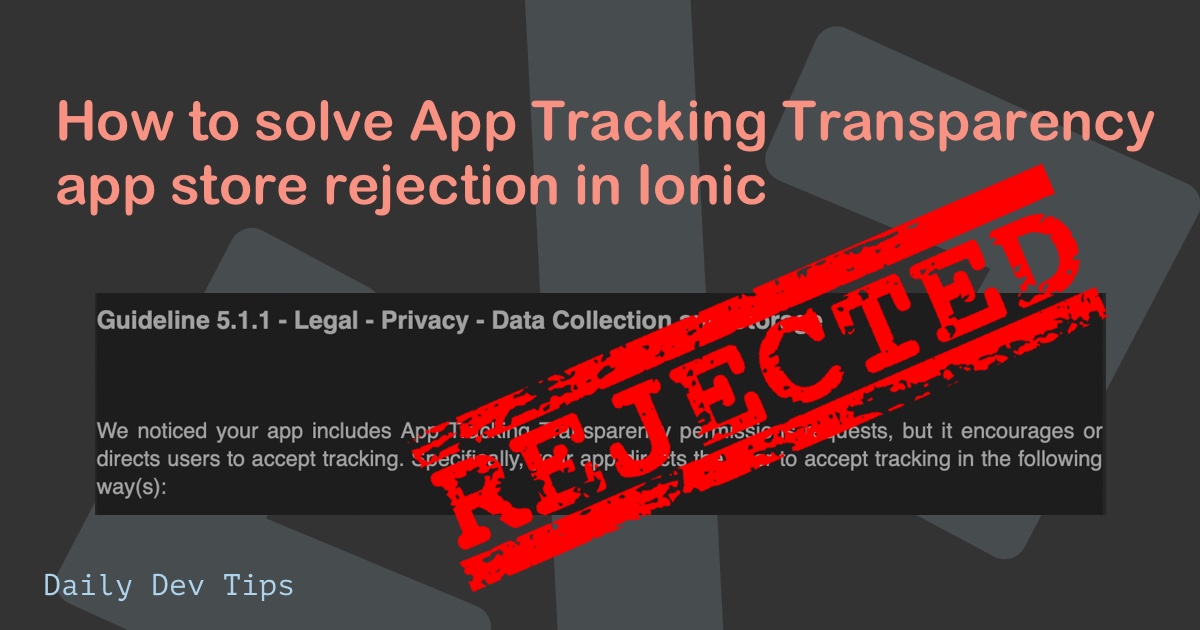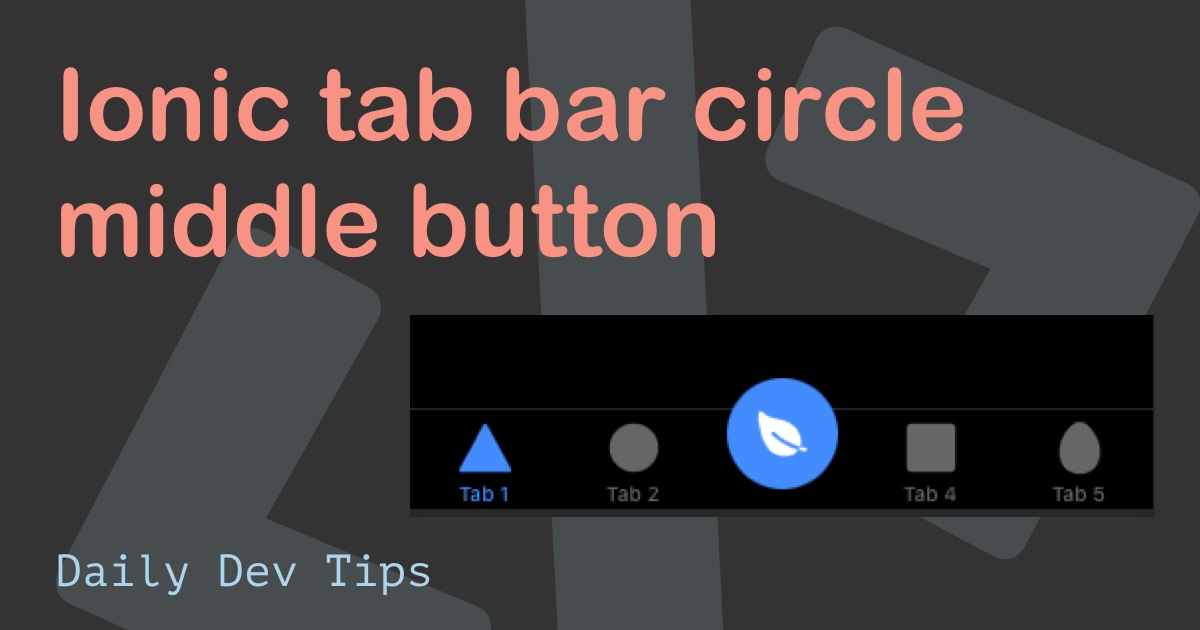It's been a while for me since I've made an app, you must realize I did build apps for a living at one stage, and these were all built in Ionic.
Even though we are now years ahead, Ionic is still a solid bet, so let me guide you through making our first app in Ionic.
What is Ionic?
Ionic is an open-source mobile UI Toolkit to create cross-platform native and web applications.
Basic a framework to create hybrid apps.
Nowadays, they support multiple languages, which is amazing; you can choose Angular/React or Vue.
Installing the Dependencies
Getting started with Ionic is quite easy nowadays.
Make sure you have node installed!
Open your favorite terminal of choice (iTerm2) and run the following command:
npm install -g @ionic/cliThen we can start creating our app
ionic start ionicApp tabsThis will start a boilerplate application with a tabbar menu.
The start command will prompt us with some questions:
- Framework, we can choose angular/react (I'll be doing Angular)
- Integrate Capacitor (Click yes)
Ionic has a full market place where we can get even more starter templates: Ionic Marketplace
Once this command is run, we are ready to run our app for the first time.
Running our Ionic App
So the install is done, now what.
We cd into the folder using cd ionicApp and run the command:
ionic serveThis will install all packages and open our dev server in the browser.
You will now see a basic application with three tabs at the bottom. Feel free to navigate through the tabs to see what happens.
Ionic Structure
We will go more in-depth into making new pages in another article, but let's quickly open the project in our editor.
The application itself sits inside the src folder.
In there we can find the following folders:
app: Holds the actual pages and rootapp.component, it also holds theapp-routingwhich handles the routes.assets: Holds the icon and any assets we want to useenvironments: Here, we find a local and prod file, we can add our variables here as well.theme: Holds a variable file, inside we can overwrite ionic variables.
There you have it, our first introduction to Ionic.
Let's see what we can make and change to it.
Feel free to download the starter project on GitHub.
Thank you for reading, and let's connect!
Thank you for reading my blog. Feel free to subscribe to my email newsletter and connect on Facebook or Twitter

